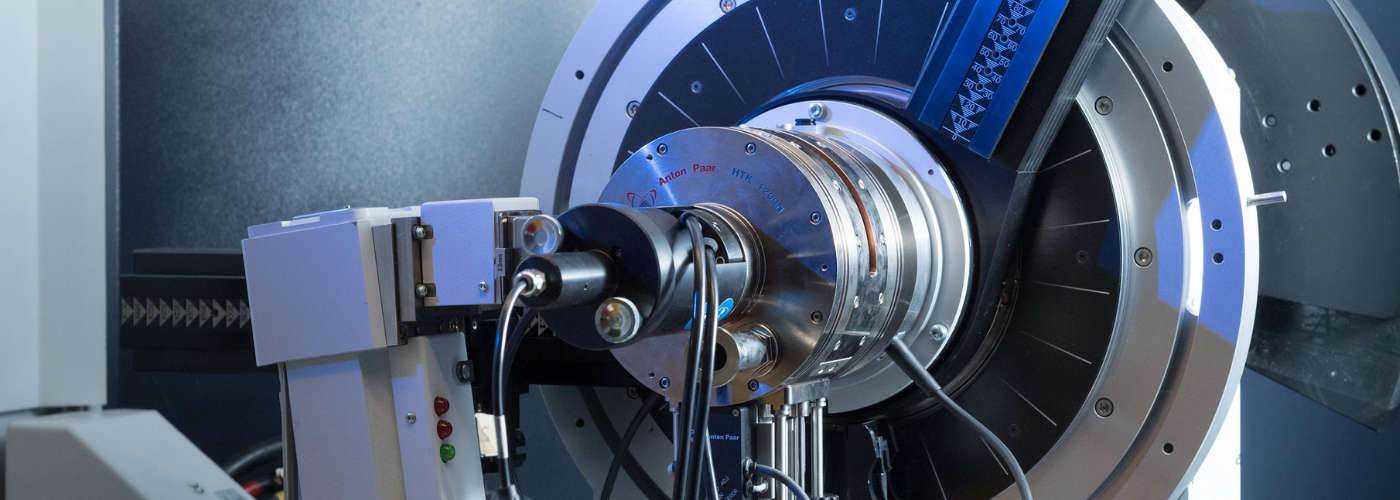
XRD is a non-destructive technique used for the identification of a crystalline phase or mineral. It can also provide information on structures, preferred crystal orientation, and other structural parameters, such as average grain size and strain distribution.
HOW IT CAN HELP
- Determination of amorphous content in organic or semi-organic materials
- Mineral content determination of whole or powdered geological samples
- Analysis of thin films such as tape-cast ceramics and vapor-deposited layers
- Approximate particle sizing of nanomaterials
DETAILED DESCRIPTION
Specifications:
- Thin film detector for low-angle measurements
- Powder angle range of 10° to 150° 2θ
- Variable x-ray footprint with exchangeable fixed slits
- Kβ filtration by nickel
- Variable tension and current between 30 kV and 10 mA to 60 kV and 40 mA
- Ambient temperature and pressure scanning
HOW MUCH DOES IT COST?
Typically $61 per hour plus assistance if needed.
See Current Rates: https://mcl.mse.utah.edu/equipment/philips-panalytical-xpert
WHAT CAN I EXPECT?
The unit is located at MCE 1325 (110 Central Campus Dr, Salt Lake City, UT 84112). Schedule a time to use the equipment with the MCE Dept and request assistance if required.
HOW TO GET STARTED
Review training and contact rates at: https://mcl.mse.utah.edu/equipment/philips-panalytical-xpert
Download PDF